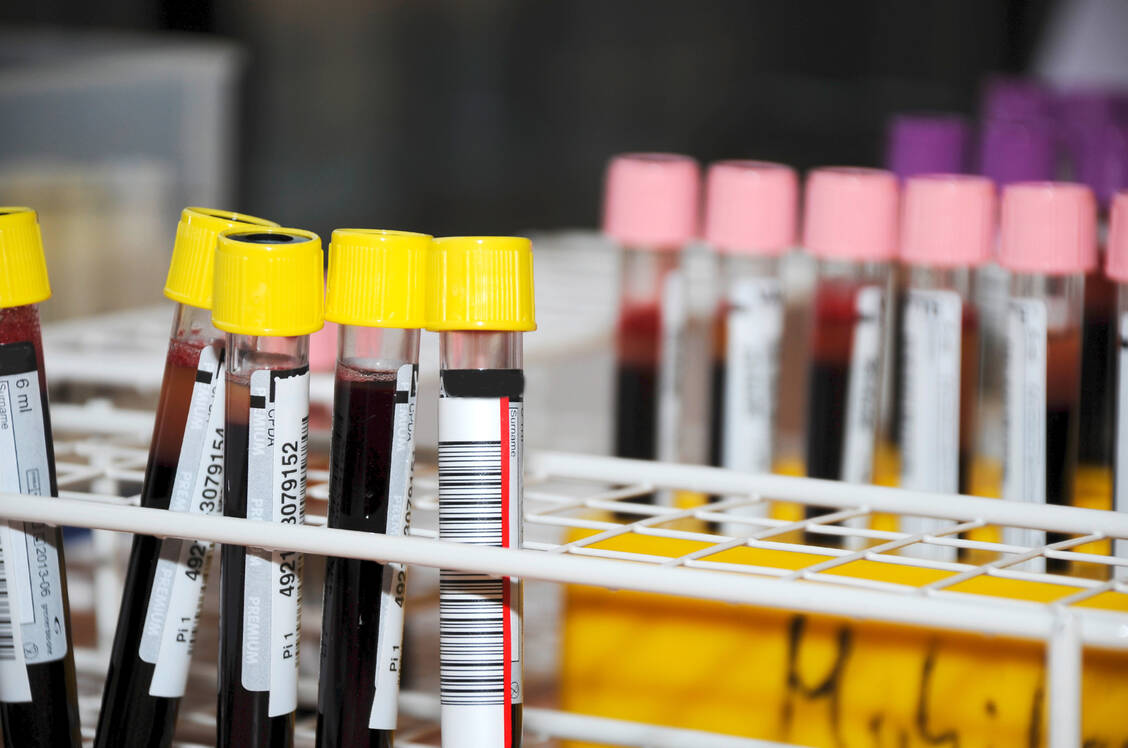In a small blood count, the doctor counts the platelets (PLT or THRO), erythrocytes (RBC or ERY) and leucocytes (WBC or LEUK). Platelets, also known as thrombocytes, play an important role in blood clotting. When a blood vessel is injured, they assemble into plugs to close the defect (platelet adhesion and aggregation). In the process, they release clotting factors and procoagulant messengers. Platelets do not have a nucleus and cannot divide. They develop from megakaryocytes in the bone marrow. If there is a deficiency (thrombocytopenia), there is a risk of bleeding; if there is an excess (thrombocytosis), there is an increased risk of thrombosis.







